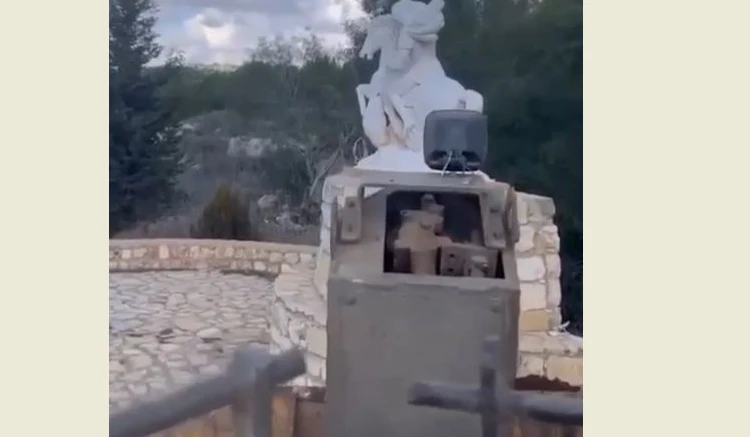Iron Age mystery: 2,000-year-old human remains recovered

Archaeologists in Northern Ireland have found remarkably preserved human remains
The Police Service of Northern Ireland (PSNI) has recovered ancient human remains in Bellaghy, Northern Ireland.
The remains, believed to be those of a teenage boy, have been carbon-dated to be between 2,000 and 2,500 years old.
Initial excavations conducted by the PSNI uncovered a range of bones, such as a tibia, fibula, and segments from the lower left leg and right arm.
As the investigation progressed, additional findings emerged, including finger bones, fingernails, a portion of the left femur, and the breastbone. Remarkably, parts of the skin, fingernails, toenails and even a kidney had remained intact.
A post-mortem examination by a forensic anthropologist indicated the individual was a male, aged between 13 and 17 years old at the time of death.
The cause of death remains unknown, and notably, the head of the body is missing, with no clarity on whether it was removed before or after death.
This find is particularly extraordinary due to the well-preserved nature of the remains, allowing for radiocarbon dating to ascertain the time of death accurately.
The 14Chrono Centre at Queen’s University Belfast conducted the radiocarbon dating, confirming the age of the remains. The discovery’s location, situated in a landscape shaped by glacial movements and human settlement, is also of significant interest.
“This is not only significant because it’s Iron Age, but also because of the landscape situation,” noted Alastair Ruffell from Queen’s University, adding: “We are in a series of boglands north of Lough Neagh, which are very interesting from where they occur because of how the glaciers moved through here and how humans then arrived.”
This discovery is expected to provide important insights into the Iron Age, contributing to a deeper understanding of Northern Ireland’s historical and cultural context.
Source: Newsroom
#haber#



